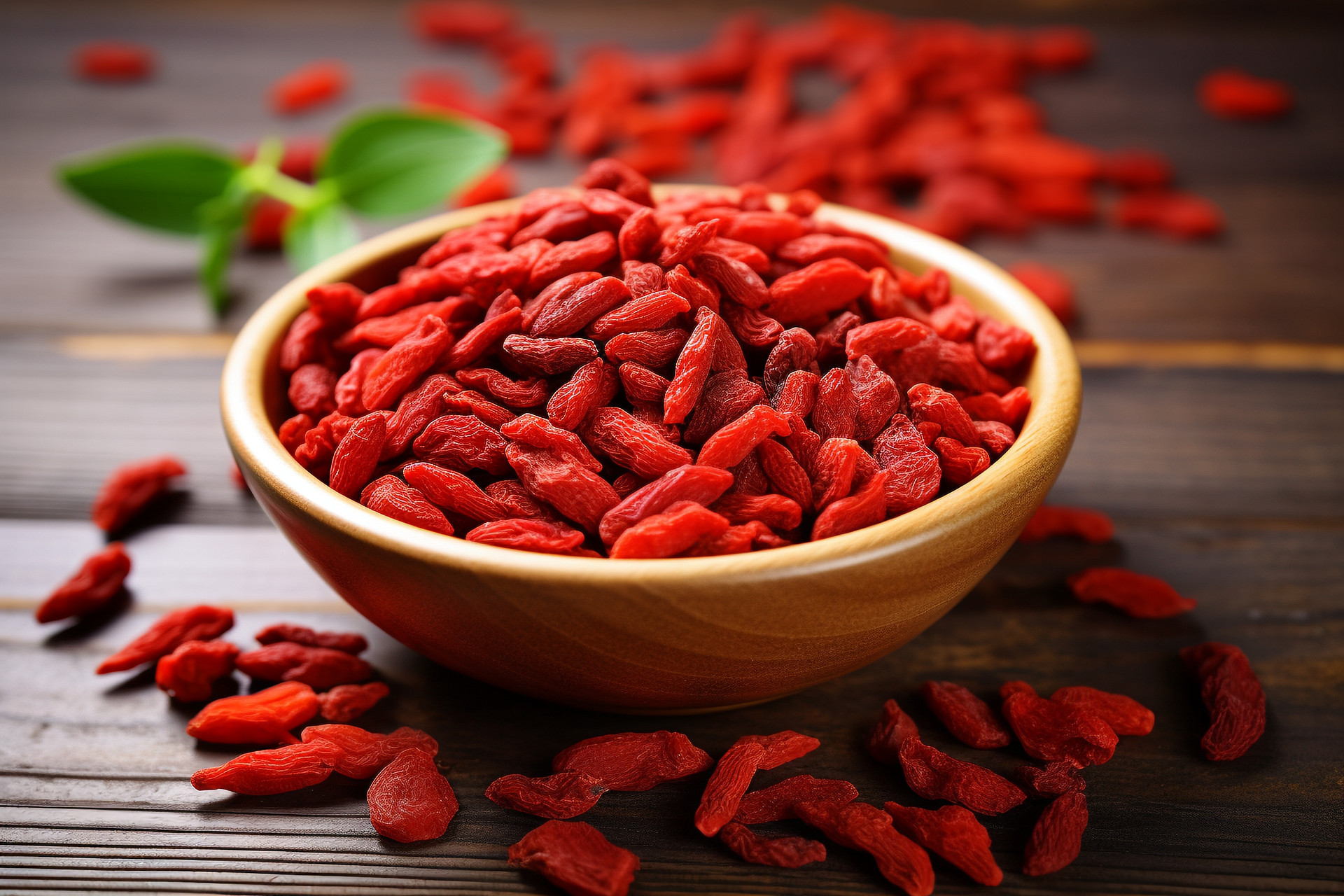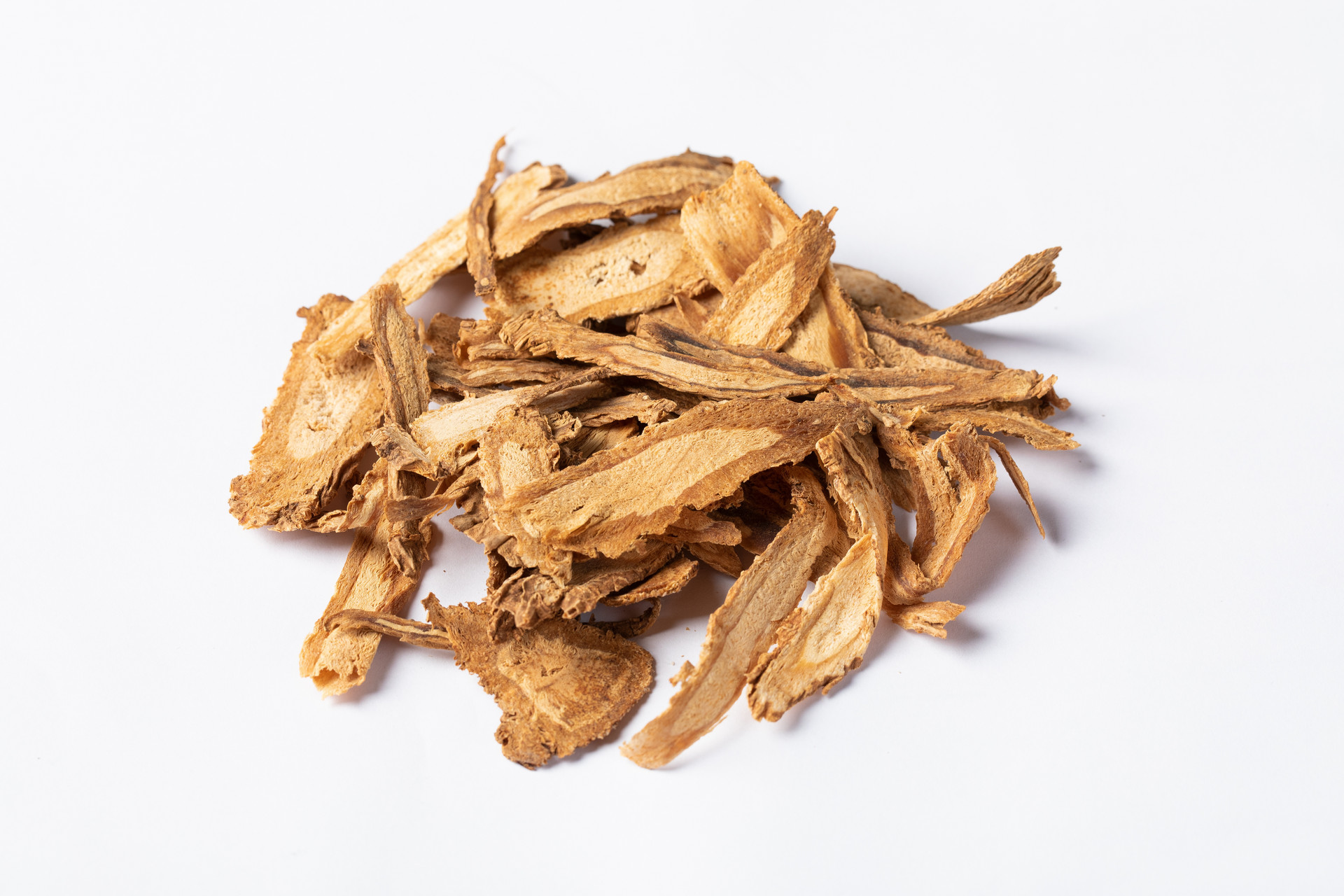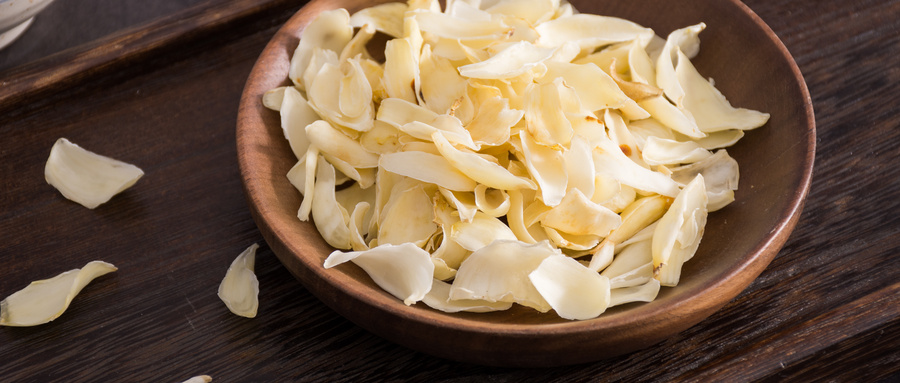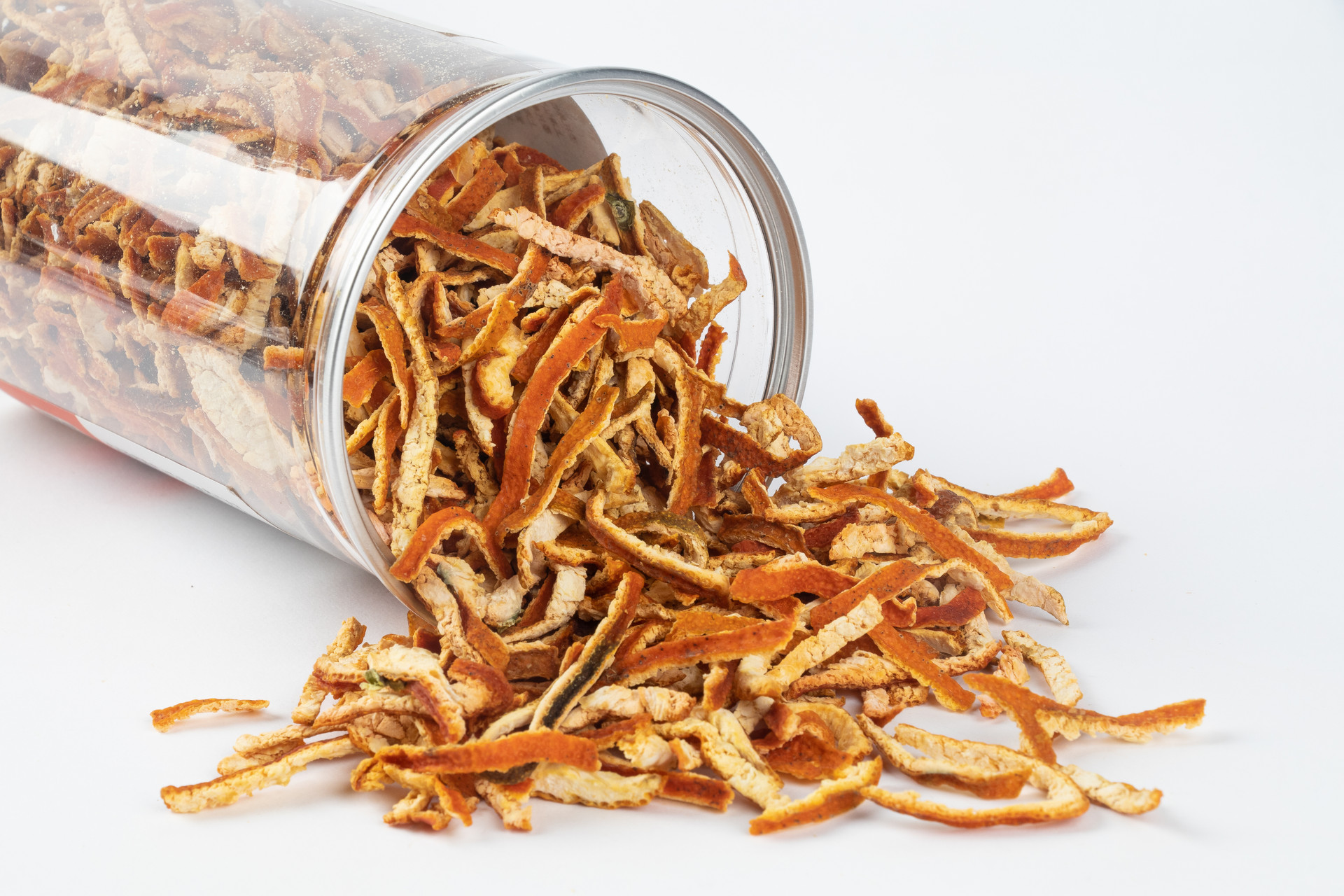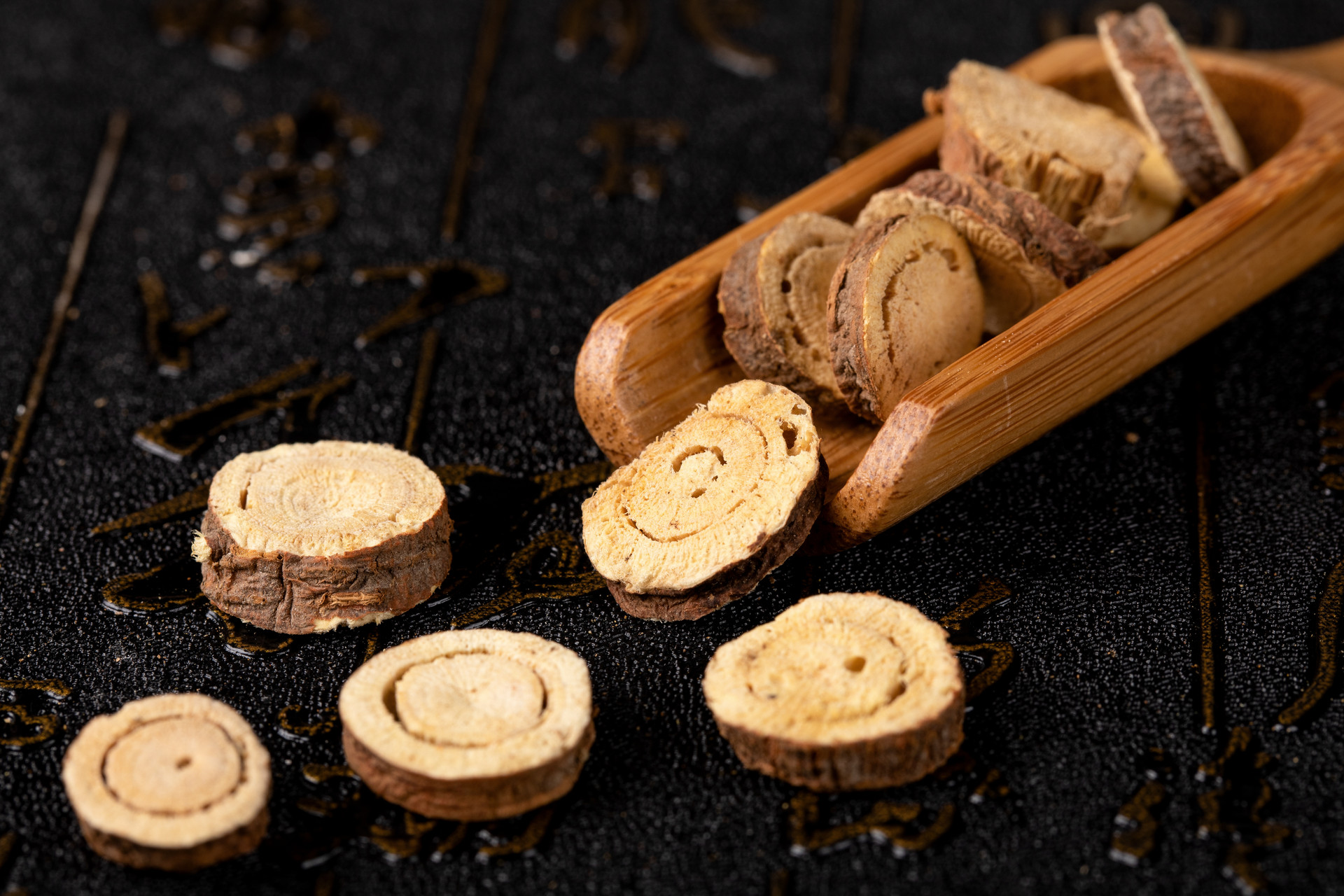Xiatian Gao is recorded in "Han Shi Yi Tong". It is a paste made by simmering the meat of Bos taurus domesticus Gmelin, a member of the bovine family. According to "Han Shi Yi Tong", the process involves washing and cleaning the selected pure yellow beef, removing the tendons and fascia, and cutting the lean meat into small pieces. The meat is then boiled in a large copper pot with flowing water, while a separate pot of boiling broth is prepared. The meat is cooked until it becomes soft and mushy, and the residue is filtered out. The meat juice is strained through a fine cloth into a small copper pot and cooked over a fire made of mulberry wood, constantly stirring until the juice thickens to a consistency similar to porridge, with a clear amber color. The resulting paste is then measured and stored in ceramic containers. If the paste becomes moldy over time, it can be boiled in a heavy broth. In hot weather, it can be stored in a cool place for up to three days.
In the current method, high-quality beef is selected and cleaned, then submerged in a pot of water and simmered for 24 hours. The meat juice is extracted, and the residue is simmered again. The two extracts are then combined and filtered. Yellow wine is added to the pot and simmered until the paste forms. The paste is poured into a plate and left to cool, then cut into small pieces and dried in a ventilated area. The ratio of beef to yellow wine is 100kg to 2kg.
The processing method according to "Ben Jing Feng Yuan" is to stew and melt the ingredients. In the current method, the raw medicinal materials are selected and the impurities are removed. They are then crushed before use.
Xiatian Gao appears as irregular blocks, semi-transparent, with a pale yellow-white or light yellow-red color, and a slight fishy odor.
Xiatian Gao has a sweet and warm nature. It has the functions of nourishing Qi and blood, invigorating the spleen, moistening dryness, and transforming phlegm. It is commonly used for conditions such as weakness and emaciation, stroke with hemiplegia, phlegm accumulation, skin phlegm nodules, and excessive thirst. It can be combined with Poria cocos for treating extreme weakness and emaciation after severe illness (according to "Ben Jing Feng Yuan"); or combined with Pinellia ternata and Drynaria fortunei for treating obesity with excessive phlegm (according to "Ben Jing Feng Yuan").
During the Qing Dynasty, Xiatian Gao was also prepared by steaming (according to "Ben Jing Feng Yuan"). In the current method, crushing is commonly used for processing. The solid part of Xiatian Gao mainly consists of various nitrogen-containing substances, such as creatine, xanthine, xanthopterin, taurine, gelatin, proteins (amino acids, peptides), and chlorinated acids (such as propylchloric acid, glutaric acid, aspartic acid, and leucine). It also contains non-nitrogen compounds such as fats, lactic acid, glycogen, and inorganic salts, which are mostly inherent substances of beef. The components such as gelatin are formed during the production process.




